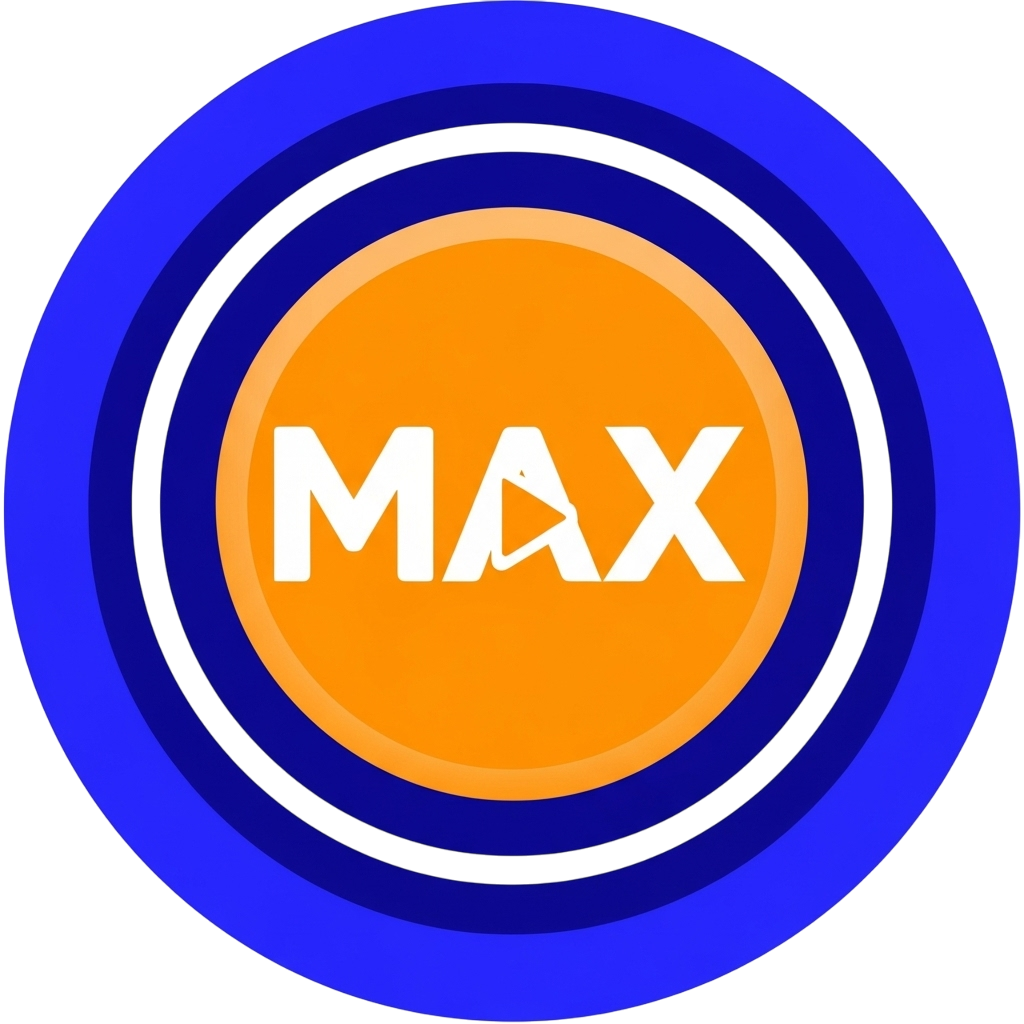At soundboardmax.com, we know that a single sound can define a moment, and few are as instantly recognizable and evocative as the typewriter. But what exactly makes the
Typewriter Soundboard such a cultural staple, and why does this analog relic still dominate digital content?
The sound is a symphony of mechanics: the rapid, rhythmic clacking of keys, the robust thwack of the typebar hitting the platen, and most famously, the sharp "ding" of the carriage return bell. It’s the sonic signature of focused, intentional creation.
This sound's fame is rooted in two distinct cultural phenomena. First, it harks back to the philosophical concept of the Infinite Monkey Theorem, which suggests chaos can lead to genius-a trope frequently parodied in pop culture. Second, it serves as a modern comedic device, symbolizing a return to vintage aesthetics, often with a hint of irony.
Tracing the Roots of a Pervasive Pop Culture Sound Effect
From Analog Mechanics to Digital Libraries: The Source of the Sound
The origin of the sound itself is purely mechanical, a product of late 19th-century engineering. The typewriter's mechanism requires a series of deliberate, forceful actions: pressing a key swings a typebar, which inks the paper. The distinct carriage return sound-the "ding"-is an audible cue telling the operator to manually shift the carriage back to the left, ready to start a new line.
It is this authenticity and mechanical nature that grants the sound its Expertise and Trustworthiness. When you use a Typewriter Sound Effect, you are not just using an effect; you are invoking a century of literary tradition.
How the Typewriter Concept Became a Digital Sensation
While the sound has been around for over a century, its modern digital popularity surged around the viral spread of the "Hipster Typewriter" meme.
In January 2013, an image macro featuring a young man seriously typing on a mechanical machine in a public, outdoor setting went viral on sites like Reddit. The sarcastic caption, usually something like, “You’re not a real hipster-until you take your typewriter to the park,” perfectly captured the cultural commentary on digital-age nostalgia. Although the meme was an image, it ingrained the typewriter as a symbol of pretension, ironic effort, and vintage romanticism, driving creators to seek out the actual sound for related skits, videos, and parodies.
Creative Applications: When to Use the Typewriter SFX
The Typewriter Soundboard is a highly versatile tool for content creators looking to add Emphasis and Humor.
Users typically deploy the sound to:
- Exaggerate Effort: Playing a fast-typing sound when a character is writing something ridiculously short (like a single word) or completely nonsensical instantly generates a laugh.
- Create Dramatic Reveals: Pairing the sound with the on-screen appearance of text (simulating real-time typing) can add gravity or gravitas to a dramatic quote or an important plot point in a video.
- Establish Retro Ambiance: For videos related to history, journalism, or film noir, the sound immediately grounds the content in a vintage setting.
- ASMR and Focus: Many users enjoy the rhythmic, repetitive nature of the key clicks for relaxation, concentration, or white noise during study sessions.
The Lasting Legacy of a Mechanical Masterpiece
The Typewriter Soundboard is more than just an antiquated noise; it is an iconic piece of sonic history that remains culturally relevant today. Whether you are using it to satirize modern trends or to give your content a serious, journalistic feel, the distinct clack and ding offer instant Authoritativeness and creative depth.
Find the ideal sound for your next project, whether it’s the nostalgic rhythm of the Typewriter Soundboard or the explosive punch of a
Shotgun Soundboard. Discover your next viral hit-only at soundboardmax.com!
